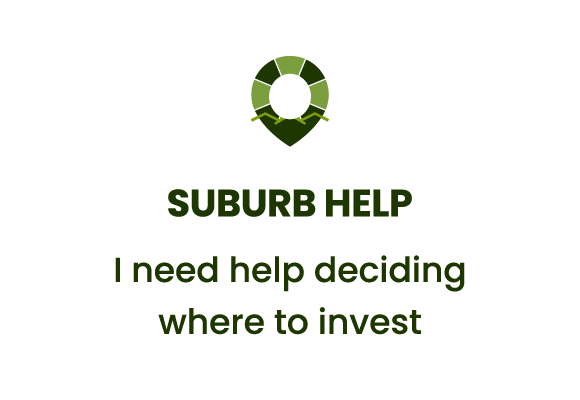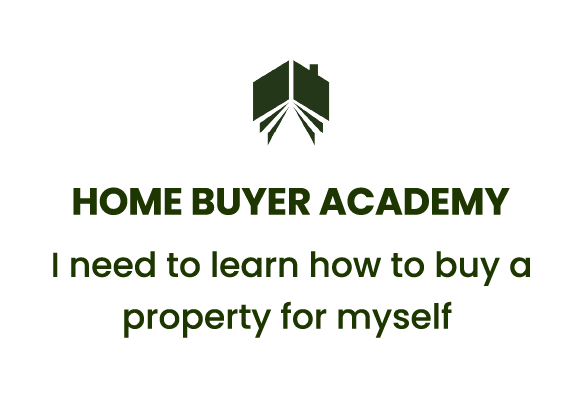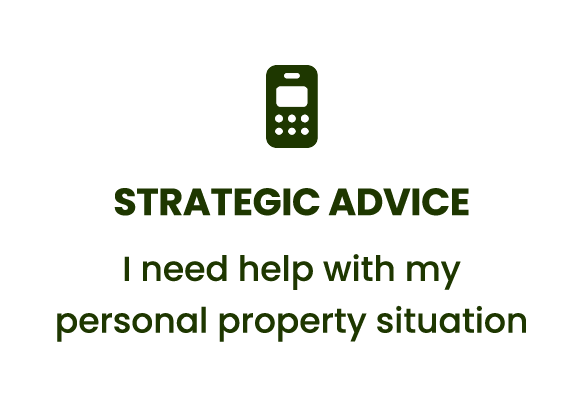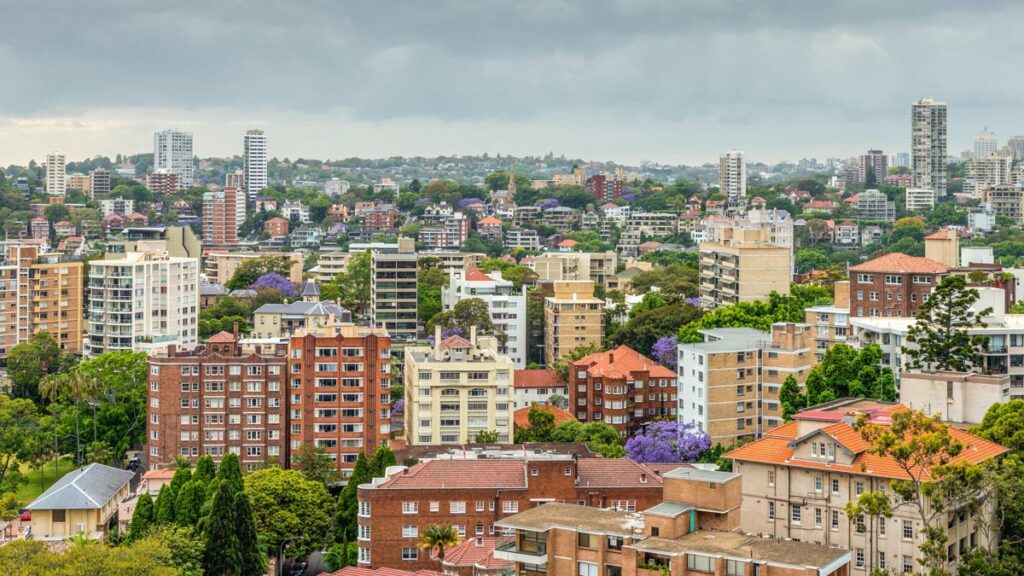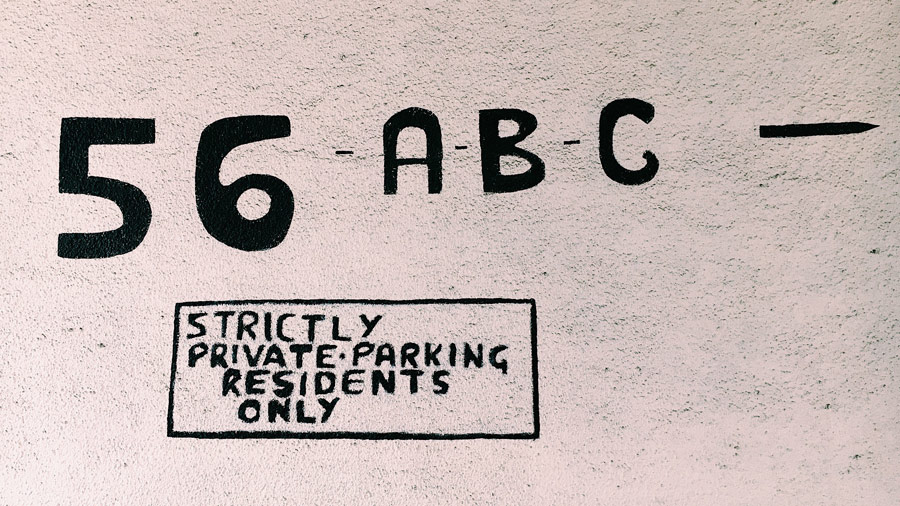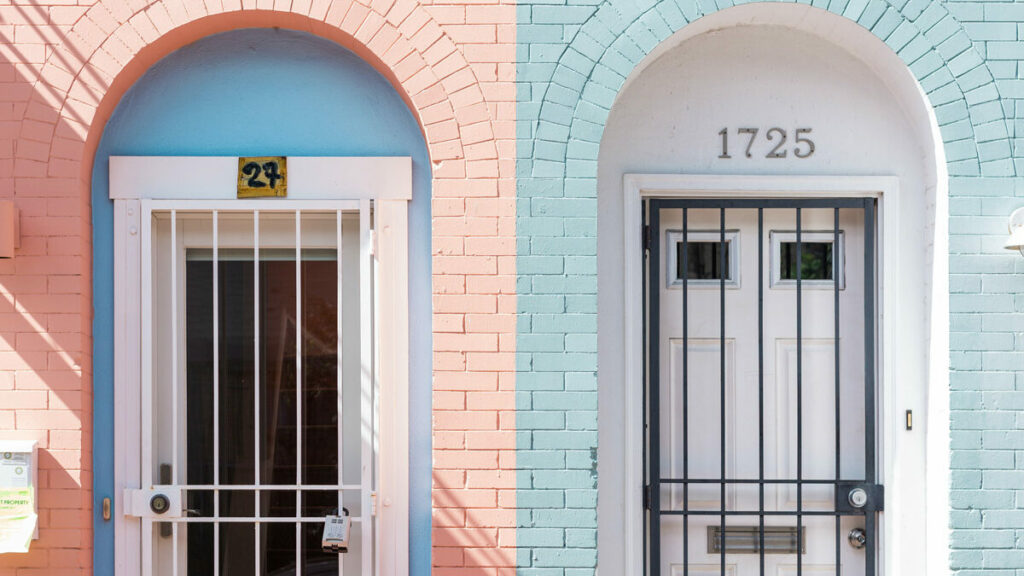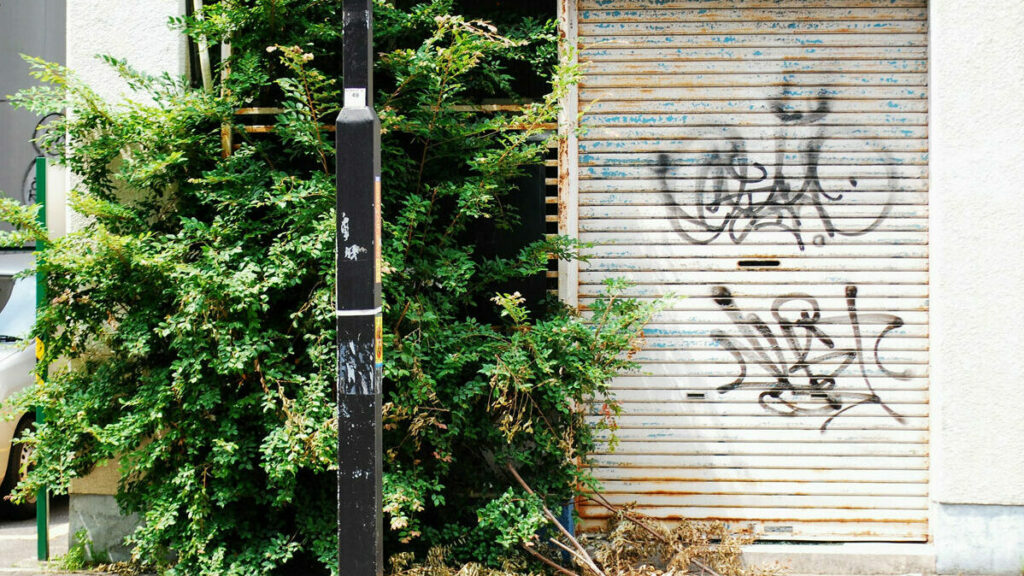Buying with blinkers on

29/04/2016
My property search diary from Location Location Location Australia Season 3 | Episode 10 – Search for a family home in Sydney’s Lower North Shore
Alun and Angela have two small children and like so many couples with little kids, they went out house hunting looking for the ideal family home. They originally bought a property in Seaforth thinking that they needed a big block of land because that is what a young family “should” be looking for.
I suspect that they were so focused on what they thought they should be looking for at that stage of their lives that they didn’t sit back and consider the big picture. Not long after moving in, they realised that being close to the action was far more important than having a big block of land. Seaforth was a little quiet for them so they decided to sell and trade locations. They were lucky that the market had moved significantly since they bought and they weren’t penalised for only owning the home for a short time.
The next problem for them is that they wanted a lot of house, even if the land size could be smaller than they had come from, and these types of homes in the suburbs they liked were very sought after. So they started to follow a path fairly well trodden by people in their shoes. So they put another set of blinkers on. This time their thinking was that if they can’t find the perfect home within their budget, then the answer must be to find something to knock down and rebuild.
Trying to bring the mountain to Mohammed.
This is all lovely in theory but oh so complicated. Firstly, you need to find a property that is cheap enough so that you don’t run over budget with the build. Then there are limitations dependent on suburb and each council. And if you manage to get the right site at the right price within a pro-development council area, you then need to find the right design, builder and alternative accommodation until completion. Oh, and then you need to finance it.
Let’s assume that you find a house that fits the bill. The next step is to see whether the council is likely to approve demolition and a new dwelling. And there are loads of pitfalls, for instance in some councils the new house wouldn’t even be able to be as big as the one you are demolishing!
To get the right advice you would need to know the exact block dimensions and the only way to know for sure what these are is to get a survey. Unfortunately it’s not mandatory for vendors to include a survey in the contract of sale, so if one doesn’t exist you will need to organize and pay for one yourself. And in a fast moving real estate market, the property may well sell before you have a chance to get one!
I would recommend getting an architect through to advise you as early as possible in the process. If you call council and ask to speak to the duty planner they will give you some basic info on development restrictions and also a list of local architects.
Here is a general checklist of things to consider if you are still up for the challenge:
- Why do you want to build rather than buy existing? Can you really not get what you want in an existing property? What is your building experience?
- Remember to factor in holding costs. You will have to pay rent somewhere else while it is being built and it could take more than 12 months for go to woe.
- Zoning and planning controls. Exact land size will be a big determinant. Setbacks and site coverage need to be considered. Can you get what you want?
- Subdivision potential? If the site is big enough this will open up competition from developers.
- Conservation area or heritage considerations. Preserving the streetscape makes for a better long term bet in terms of area desirability.
- Renovate or rebuild? It’s cheaper to build from scratch than renovate but be sure to factor in demolition costs.

